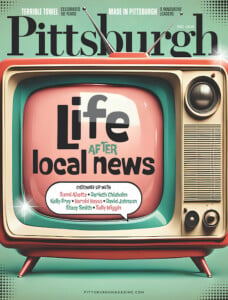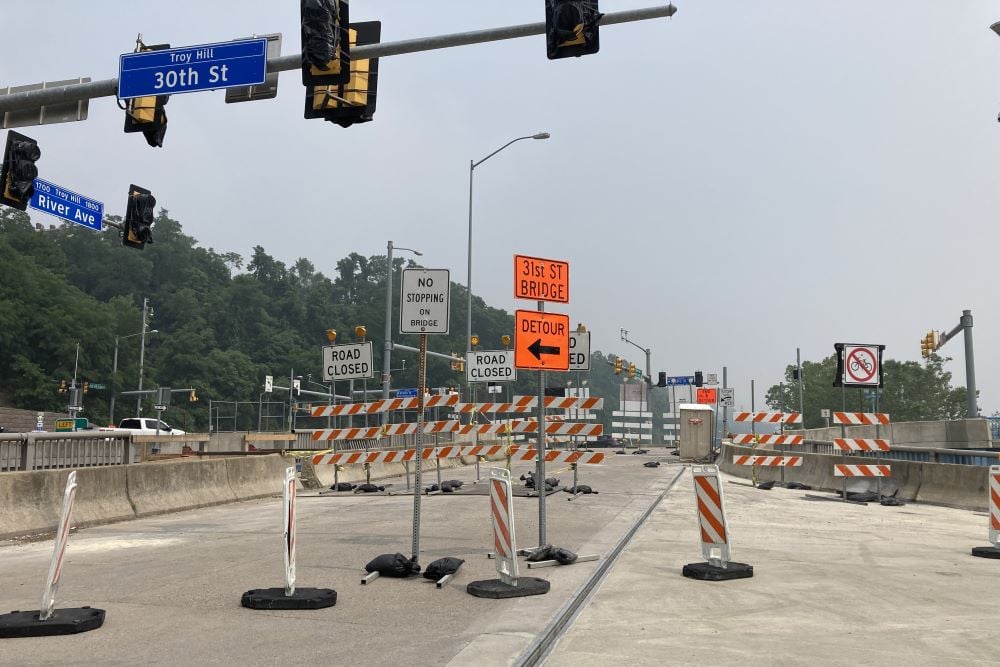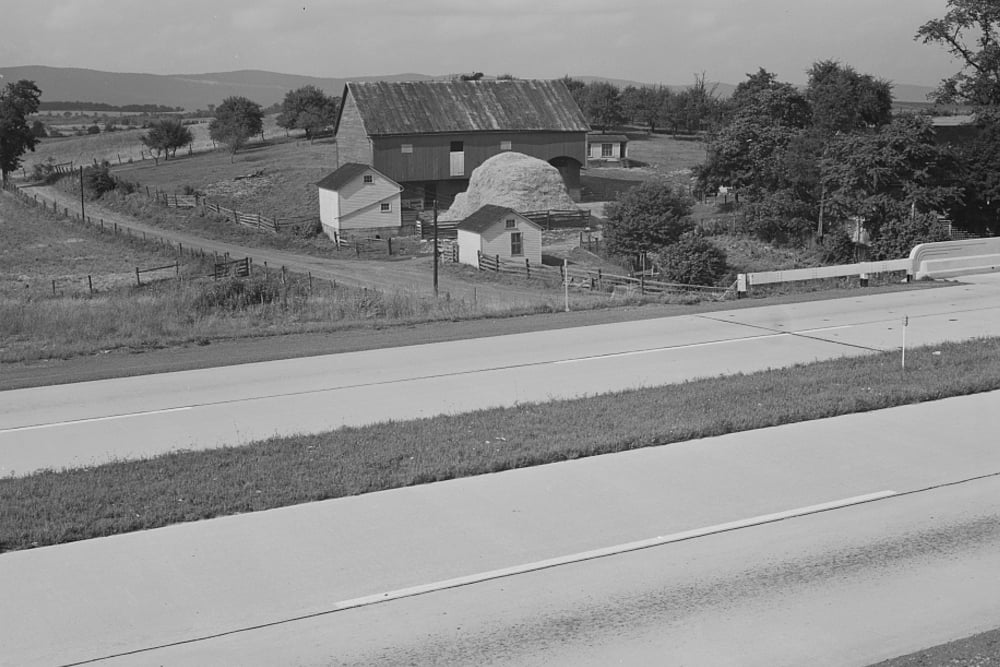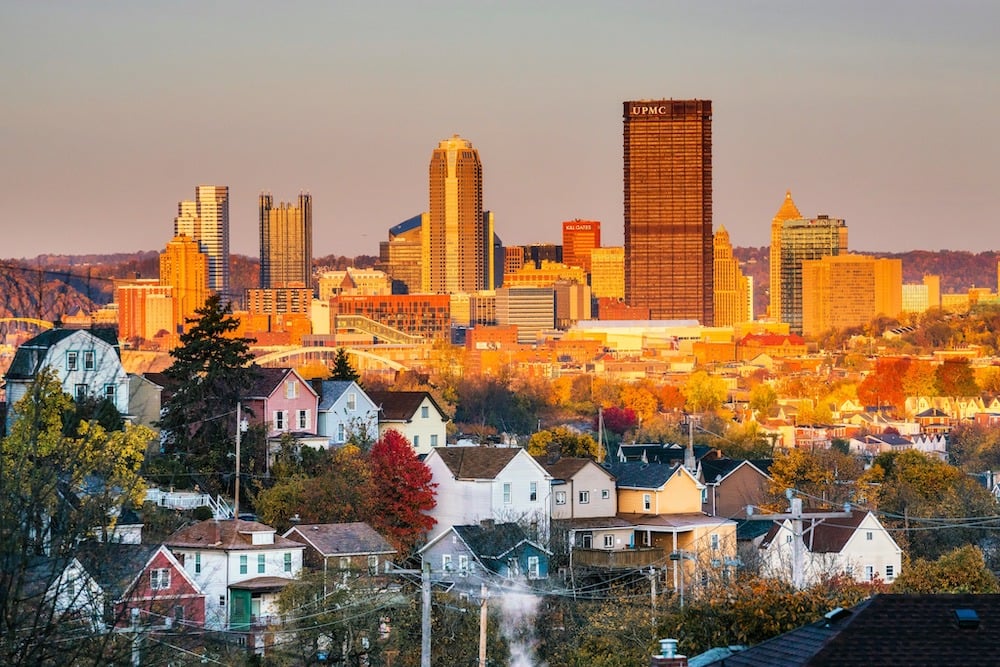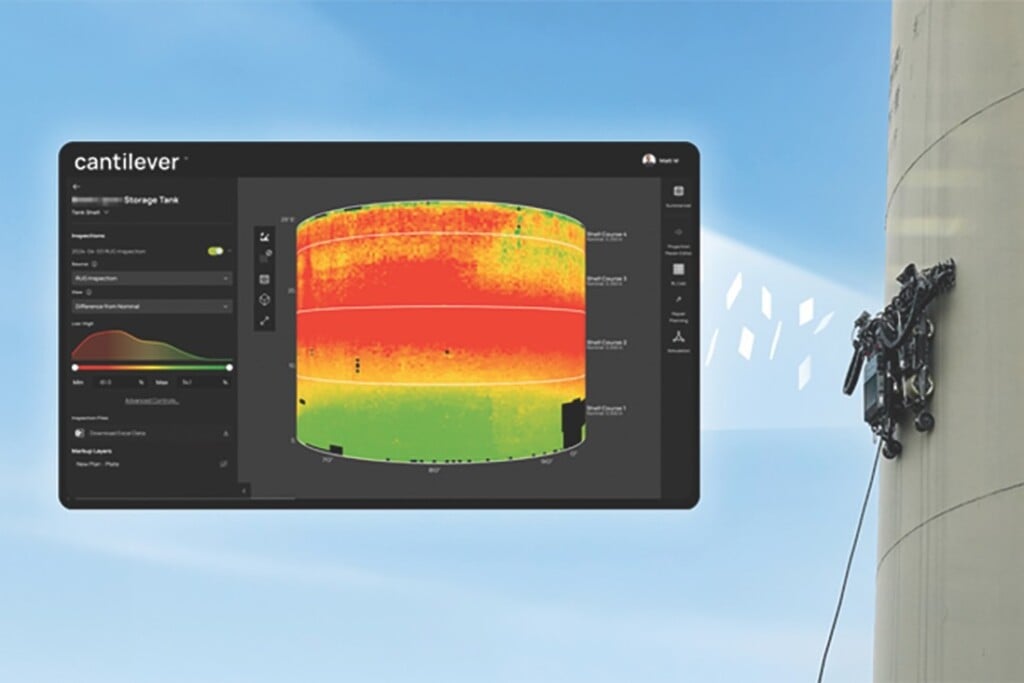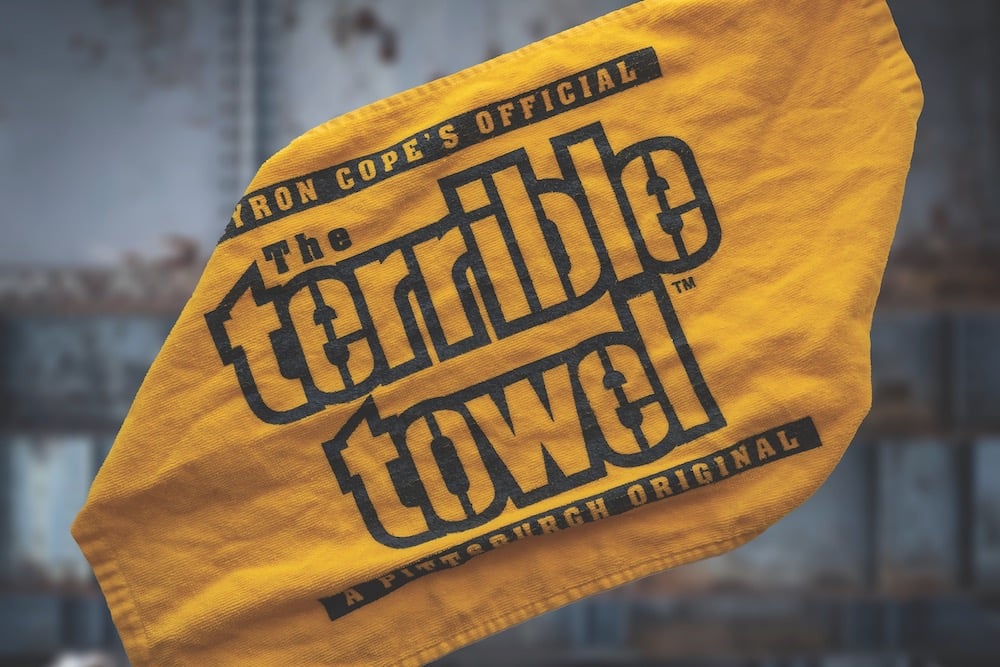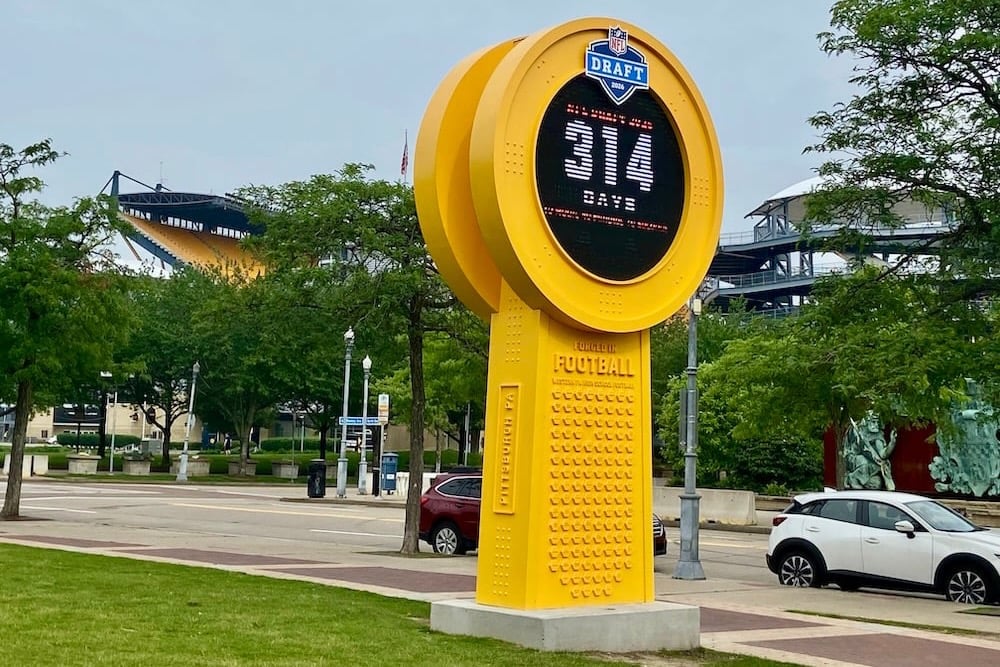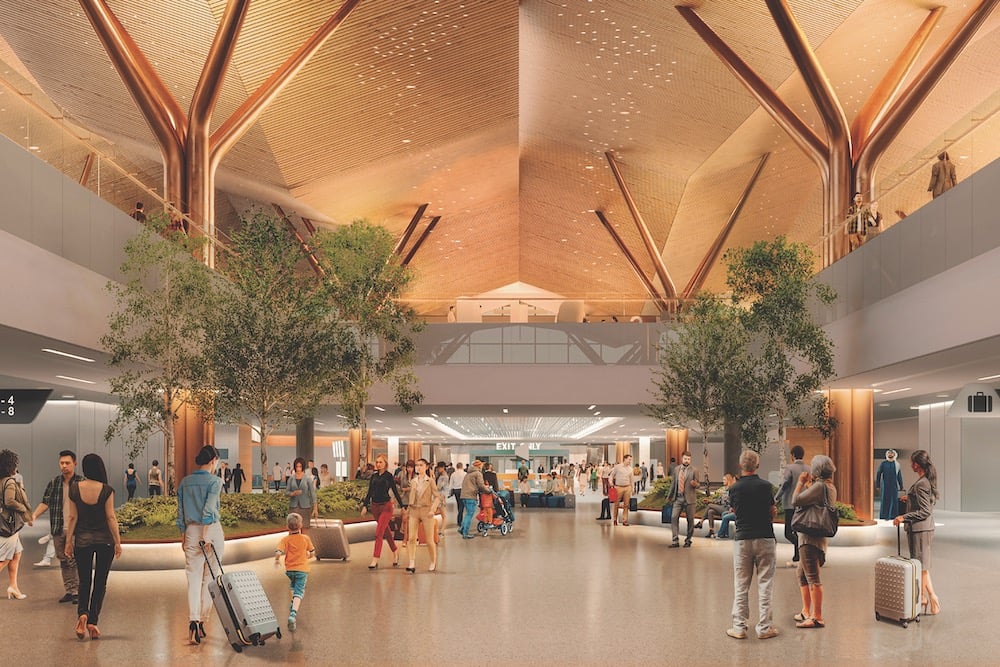Collier’s Weekly: Who Actually Wants a ‘Commercial Destination’ Instead of a Landmark?
It’s shocking that anyone thinks the proposed redevelopment of Monroeville Mall is a good idea.
I’m not shocked that Monroeville Mall could have a date with a wrecking ball. In Pittsburgh — and, let’s be honest, everywhere else — we’ve seen too many good things taken away in the name of short-sighted development. So last week, when news of the landmark’s possible doom broke, I was dismayed but not surprised.
I am, however, surprised that anyone — anyone at all — thinks this is a good idea.
The idea, according to a grant application filed with the Commonwealth, is to knock down the mall and replace it with a mixed-use “retail and commercial destination.” There’s talk of public spaces surrounding Walmart and Sam’s Club locations; vague statements about including retail space for local business have been made.
Walmart is at the core of all this; they’re the ones that bought the property (although they are partnering with Texas-based Cypress Equities on the development). Two decades ago, residents in Monroeville opposed the incursion of a Walmart into the community, citing the company’s history of harming local economies and underpaying workers. (The documentary “Walmart: The High Cost of Low Price” examines this in detail.)
Now, however, some local leaders are in favor of — or at least open to — the redevelopment, according to statements made to both the Pittsburgh Post-Gazette and The New York Times. In these and other stories about the fate of the mall, the shopping center is presented as struggling or embattled, and comparisons to other ill-fated malls in the region are made.
Here’s the thing, though: Monroeville Mall isn’t struggling. Not really.
There are 120 tenants currently in Monroeville Mall, with more in satellite shopping areas in the mall’s footprint. I frequently visit the Cinemark movie theater inside the mall and end up eating in the food court or shopping at Barnes & Noble or Lids; on my recent visits, there has been solid foot traffic in both the mall and the stores.
Monroeville Mall has also embraced nontraditional options for some of its storefronts, from indoor athletics like Pickle Parlor, a pickleball complex, to stores that host a collection of local crafters and artisans. It’s also the home of the Living Dead Museum, which exists as a tribute to the mall’s chief claim to fame, as the filming location for George A. Romero’s enormously influential “Dawn of the Dead.”
Earlier, I mentioned that the information we do have about the potential destruction and development comes from a grant application. Cypress Equities actually is asking for taxpayer money, to the tune of $7.5 million, to knock down a perfectly functional mall full of local businesses and replace it with a Walmart and the vague promise of future community integration.
How’s that community integration going so far? Well, one business owner has reported that the company has offered nothing but rent abatement to entice current businesses inside Monroeville Mall to close up shop — an amount that, under the best of circumstances, wouldn’t come close to covering the costs associated with a small business owner closing and relocating an active business.
If someone told you they were committed to the community while also telling members of the community to get out while the getting was good, would you believe them?
The ins and outs of modern business, particularly retail, are complex. Reasonable folks can disagree on the net positives and negatives of large, national retailers transforming communities; it’s true that in many rural areas, Walmart is the only means of accessing goods and services for nearby residents.
It’s also true that Walmart pays its employees so poorly that many of them rely on government assistance to make ends meet. So even when Walmart creates a job, the community needs to cover the shortfall to make sure that employee has food on the table.
This is who we want developing Monroeville for the future?
There are other good arguments to be made against this plan — including preserving a slice of local history (already a rallying cry among Romero fans), and the advantages of malls as an indoor “third place” for local residents. Fortunately, there’s time to make those arguments.
Gov. Josh Shapiro has requested public comment before the grant to redevelop the site is approved. (The best way to comment is to send an email, with the subject line Public Comment for Monroeville Mall Gateway, to RA-OB-PublicComment@pa.gov.) For neighbors, residents and anyone who frequents (or even has fond memories of) Monroeville Mall, it’s worth weighing in.
If government money is going to Monroeville, it should support the continued success of the local business owners that are already working in Monroeville. It certainly shouldn’t go toward knocking down a landmark and building a Walmart and a Sam’s Club (plus unnamed other spaces, if they get around to it).
I won’t be surprised if Monroeville Mall can’t be saved; the grinding wheels of progress don’t often pause, even for good reason. But I know that the community will be better if the mall survives.
